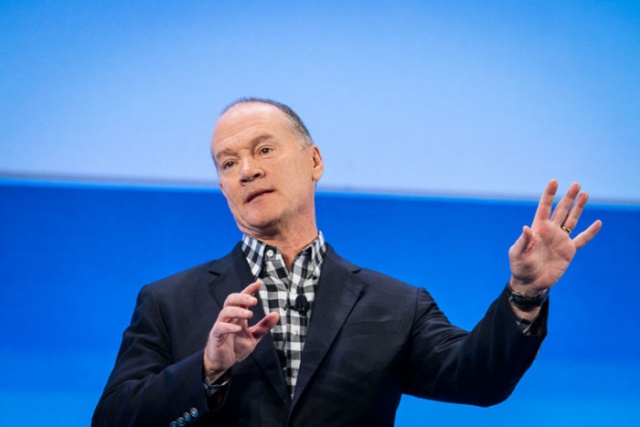AT&T has revealed its strategy and financial outlook in anticipation of closing the pending WarnerMedia transaction with Discovery in the second quarter.
 Team behind the success of AT&T includes
Team behind the success of AT&T includes
John Stankey, AT&T chief executive officer
Pascal Desroches, AT&T chief financial officer
Jeff McElfresh, CEO, AT&T Communications
Jenifer Robertson, Executive Vice President and General Manager, Mobility
Rasesh Patel, Executive Vice President – Chief Product & Platform Officer
AT&T CEO John Stankey said in a news statement: “We will be a simpler, more focused company with the intent to become America’s best broadband provider. We plan to ramp up investment in our key areas of growth — 5G and fiber.”
AT&T intends to become America’s best broadband provider, underpinned by a best-in-class network with fiber at its foundation. By owning and operating both fiber and wireless, AT&T’s owner’s economics will provide better flexibility to deliver high-quality broadband in more places.
AT&T, as part of this new strategy, plans to double its fiber footprint to 30-plus million locations, including increasing its business customer locations by 2x to 5 million. AT&T expects to add 3.5 million to 4 million customer locations each year.
AT&T expects to enhance its 5G network by deploying 120 MHz of mid-band spectrum to cover more than 200 million people by the end of 2023. AT&T’s existing 5G footprint covers more than 255 million people in more than 16,000 cities and towns.
AT&T aims to drive customer growth via its go-to-market strategy and by tapping into underpenetrated segments of the mobility market. AT&T expects to benefit from the migration of customers to its unlimited plans, particularly to higher-ARPU Unlimited Elite — the company’s fastest-growing rate plan.
AT&T said it expects to gain share in the consumer broadband market where it offers fiber. AT&T added 1 million or more fiber subscribers in the last four consecutive years.
AT&T aims to drive savings by reducing the company’s legacy copper footprint as more network traffic moves to fiber and 5G. By 2025, AT&T expects that 75 percent of its network footprint will be served via fiber and 5G.
AT&T, which competes with Verizon and T-Mobile, said it will reduce its copper services footprint by 50 percent. AT&T will navigate the timing and profitability of the migration from legacy to next-generation products to optimize returns.
AT&T will be simplifying its business product portfolio. AT&T plans to reduce the number of products and legacy rate plans by 50 percent.
AT&T is developing software solutions on top of its connectivity, collaborating with partners to develop new solutions for businesses.
AT&T plans to use cash flow from more mature businesses to help fuel its planned $24 billion in annual capital investment in 2022 and 2023.
By the end of 2023, the company expects to reach $6 billion in run-rate cost savings. By the end of 2021, it had achieved more than $3 billion in cost savings, which were primarily reinvested into the company’s growth engines.
In 2022 and 2023, AT&T expects an additional $2.5 billion in cumulative cost savings.
AT&T will ramp investment to deploy fiber and 5G and drive earnings growth. In 2022, AT&T aims capital investment in the $24 billion range. The company expects 2023 capital investment to be similar to 2022 levels and then to begin to taper to the $20 billion range starting in 2024.
AT&T’s capital investment of $24 billion will include about $5 billion to deploy 5G spectrum, compared to $20.1 billion on a pro forma basis for 2021.





